Sushi is a popular Japanese dish that has gained popularity around the world. It typically consists of vinegared rice, raw fish, and vegetables wrapped in seaweed. However, for those with celiac disease or gluten intolerance, the question of whether sushi rice is gluten-free is an important one.
Gluten is a protein found in wheat, barley, and rye. It can cause digestive problems and other health issues in people with celiac disease or gluten intolerance. While rice is naturally gluten-free, there are other ingredients in sushi that may contain gluten, such as soy sauce, tempura batter, and surimi (fake crab meat). As a result, it’s important to be aware of the potential sources of gluten when eating sushi.
Key Takeaways
- Sushi rice is naturally gluten-free, but other ingredients in sushi may contain gluten.
- People with celiac disease or gluten intolerance should be aware of potential sources of gluten in sushi, such as soy sauce and tempura batter.
- Alternative ingredients, such as tamari (gluten-free soy sauce) and rice flour, can be used to make gluten-free sushi.

Understanding Gluten
What is Gluten?
Gluten is a protein found in wheat, rye, and barley. It is responsible for the elasticity of dough and gives bread its chewy texture. Gluten is also commonly found in pasta, cereals, and baked goods. For people with celiac disease, consuming gluten can cause damage to the small intestine and lead to a range of symptoms, including diarrhea, bloating, and fatigue.
Gluten in Japanese Cuisine
When it comes to Japanese cuisine, many people wonder if sushi rice is gluten-free. Fortunately, sushi rice is made from short-grain rice, which is naturally gluten-free. However, some sushi restaurants may add ingredients that contain gluten, such as soy sauce or tempura batter. It is important to ask the restaurant staff about the ingredients used in their sushi rolls to ensure that they are gluten-free.
It is also worth noting that some sushi rice may contain vinegar, which could potentially contain gluten. However, rice vinegar is typically made from fermented rice and does not contain gluten. Therefore, as long as the sushi rice is prepared in the traditional way or with gluten-free ingredients, it should be safe for people with celiac disease to consume.

The Basics of Sushi
What is Sushi?
Sushi is a popular Japanese dish that consists of vinegared rice and a variety of toppings or fillings. The toppings can include raw or cooked fish, vegetables, and other ingredients. The dish is typically served with soy sauce, wasabi, and pickled ginger.
Sushi is often confused with sashimi, which is a Japanese dish consisting of thinly sliced raw fish without rice. Unlike sashimi, sushi is always served with rice.
Types of Sushi
There are several types of sushi, including:
Nigiri: A type of sushi that consists of a small ball of rice topped with a slice of raw fish or other toppings.
Maki: A type of sushi that consists of rice and other ingredients rolled in nori (dried seaweed) and sliced into bite-sized pieces. There are various types of maki, including California rolls, which typically contain crab meat, avocado, and cucumber.
Temaki: A type of sushi that is similar to maki, but is rolled into a cone shape instead of sliced into pieces.
Sushi rolls are a popular type of sushi that come in various forms, including California rolls, spicy tuna rolls, and dragon rolls. They are typically made with rice, nori, and various fillings, and are often served with soy sauce and wasabi.
Japanese cuisine is known for its emphasis on fresh, high-quality ingredients, and sushi is no exception. Raw fish is a common ingredient in sushi, and it is important to ensure that it is fresh and properly handled to avoid foodborne illness.

Ingredients in Sushi
While sushi is generally considered a healthy food choice, it’s important to know what ingredients are used in making sushi, especially if you have dietary restrictions. In this section, we’ll take a closer look at the ingredients commonly used in sushi.
Sushi Rice
Sushi rice is the foundation of most sushi dishes. It is made by cooking short-grain rice with vinegar, sugar, and salt. Sushi rice is gluten-free, making it a safe option for people with celiac disease or gluten sensitivity. However, some sushi restaurants may use grain-derived vinegar, which could contain gluten. It’s always a good idea to check with the restaurant before ordering.
Fish and Seafood
Fish and seafood are the main ingredients in sushi. Tuna and salmon are two of the most popular types of fish used in sushi. Crab, imitation crab, surimi, and king crab are also commonly used. All of these seafood options are gluten-free. However, some imitation crab meat may contain wheat, so it’s important to check the label.
Vegetables and Fruits
Vegetables and fruits are also used in sushi. Cucumber is a common vegetable used in sushi rolls. Avocado and mango are popular fruit options. All vegetables and fruits used in sushi are gluten-free.
Condiments and Sauces
Condiments and sauces are used to enhance the flavor of sushi. Soy sauce, wasabi, teriyaki sauce, ponzu sauce, eel sauce, and tamari are all commonly used. Soy sauce and tamari are made from fermented soybeans and are gluten-free. However, some brands of soy sauce may contain wheat, so it’s important to check the label. Wasabi, teriyaki sauce, ponzu sauce, and eel sauce are also gluten-free.
Vinegar is another common ingredient used in sushi. Rice vinegar, white vinegar, and grain-derived vinegar are all gluten-free. Sugar and salt are also used in making sushi, and both are gluten-free.
Seaweed, specifically nori, is used to wrap sushi rolls. Nori is gluten-free and a good source of iodine. Ginger and pickled ginger are often served with sushi as a palate cleanser. Masago and tobiko, which are fish roe, are used as a garnish. Mayonnaise is also used in some sushi rolls.

Sushi and Gluten
While sushi is generally considered a healthy and gluten-free option, there are some important things to keep in mind when it comes to gluten.
Is Sushi Rice Gluten Free?
Sushi rice is made from short-grain rice that is typically mixed with rice vinegar, sugar, and salt. This simple mixture is gluten-free, making sushi rice a safe option for those with gluten intolerance or celiac disease.
It’s important to note, however, that some restaurants may add wheat flour or other gluten-containing ingredients to their sushi rice to make it stickier. If you have a gluten intolerance or celiac disease, it’s always best to ask the restaurant about their sushi rice ingredients before ordering.
Gluten in Fish and Seafood
Most fish and seafood used in sushi are naturally gluten-free, including salmon, tuna, shrimp, and crab. However, some restaurants may use a marinade or seasoning that contains gluten, so it’s always best to ask about the ingredients before ordering.
Gluten in Vegetables and Fruits
Vegetables and fruits used in sushi are typically gluten-free, including avocado, cucumber, and mango. However, some restaurants may use a marinade or seasoning that contains gluten, so it’s always best to ask about the ingredients before ordering.
Gluten in Condiments and Sauces
Many condiments and sauces used in sushi contain gluten, including soy sauce, teriyaki sauce, ponzu sauce, and eel sauce. If you have a gluten intolerance or celiac disease, it’s important to ask the restaurant about the ingredients in these condiments and sauces before ordering.
It’s also worth noting that some types of vinegar used in sushi, such as white vinegar and grain-derived vinegar, may contain trace amounts of gluten. However, rice vinegar is typically gluten-free and is the most commonly used vinegar in sushi.
In summary, sushi can be a safe and healthy option for those with gluten intolerance or celiac disease, as long as you are mindful of the ingredients used in the sushi rice, fish and seafood, vegetables and fruits, and condiments and sauces. Always ask the restaurant about their ingredients before ordering to ensure that your sushi is gluten-free.
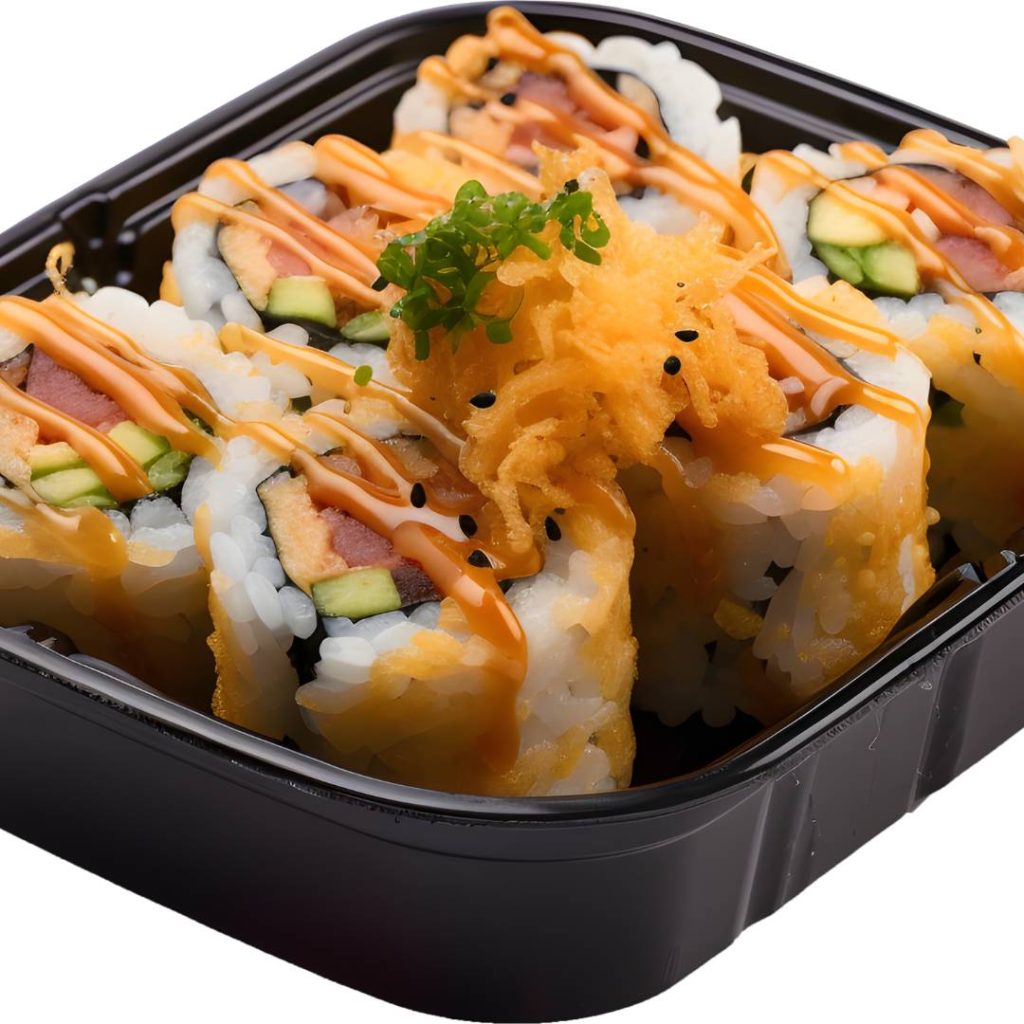
Eating Sushi with Celiac Disease or Gluten Intolerance
If you have celiac disease or gluten intolerance, you need to be cautious when eating sushi. While sushi rice is naturally gluten-free, there are several factors to consider before ordering sushi at a restaurant or making it at home.
Cross Contamination in Restaurants
Cross-contamination can occur in restaurants when gluten-free food comes into contact with gluten-containing food. Sushi restaurants may use the same knives, gloves, cutting boards, and utensils for all their dishes, which can increase the risk of cross-contact.
To avoid cross-contamination, look for certified gluten-free sushi restaurants or ask your server about their gluten-free options. Be clear about your dietary needs and ask the chef to use clean utensils and prepare your sushi in a separate area to prevent cross-contact.
Choosing Gluten-Free Sushi Options
When ordering sushi, it’s important to choose gluten-free options. Some sushi rolls contain ingredients that are not gluten-free, such as tempura batter, soy sauce, and imitation crab meat.
Stick to simple sushi rolls made with fresh fish, vegetables, and rice. Avoid sushi rolls that contain sauces, tempura, or imitation crab meat. You can also order sashimi, which is simply fresh fish without rice or other ingredients.
Making Gluten-Free Sushi at Home
Making gluten-free sushi at home is easier than you might think. Start by using gluten-free sushi rice, which is widely available at grocery stores and online. You can also make your own gluten-free sushi vinegar by mixing rice vinegar, sugar, and salt.
When choosing ingredients, stick to fresh fish, vegetables, and gluten-free condiments such as wasabi and pickled ginger. Use separate utensils and cutting boards to prevent cross-contact, and make sure to wash your hands thoroughly before handling any food.
By following these tips, you can safely enjoy sushi while maintaining a gluten-free diet.
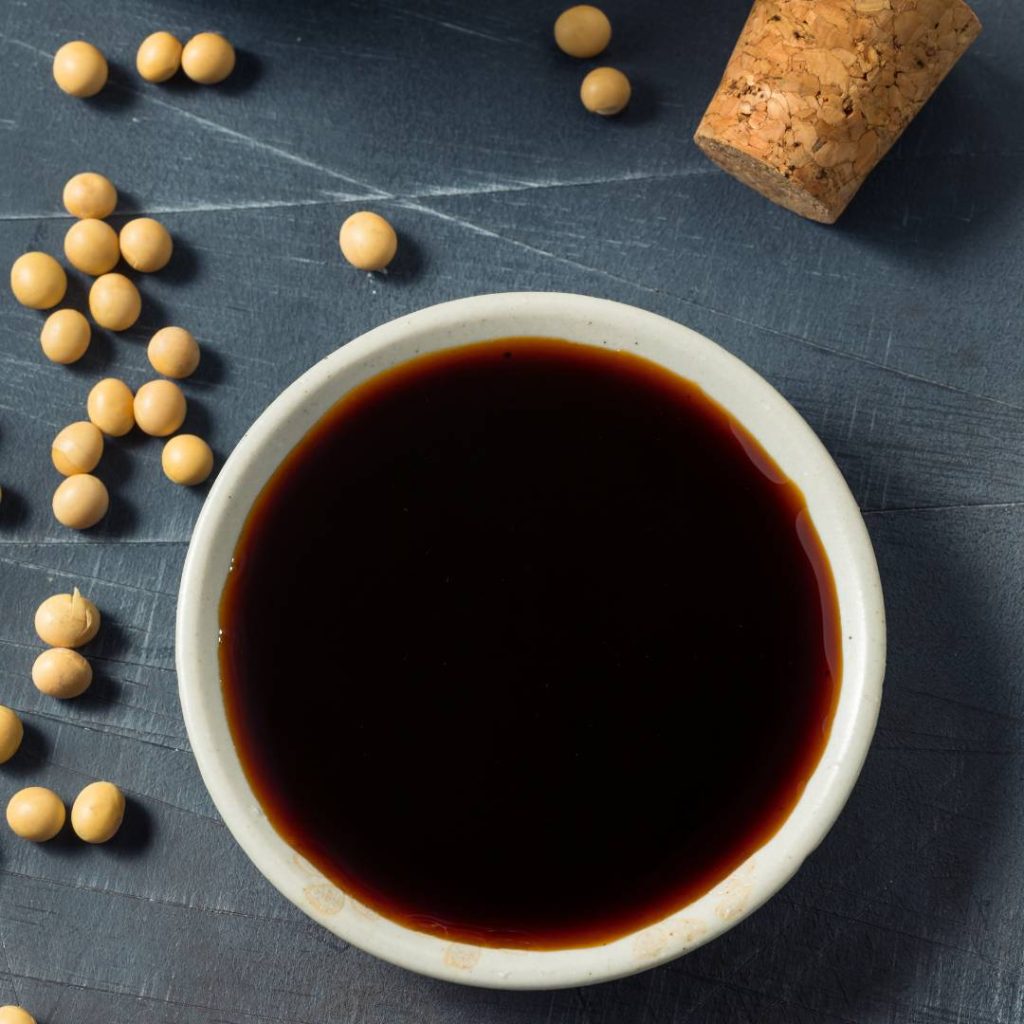
Alternative Ingredients for Gluten-Free Sushi
If you’re on a gluten-free diet, you may be wondering if you can still enjoy sushi. Fortunately, there are plenty of alternative ingredients that you can use to make gluten-free sushi rolls. In this section, we’ll explore some of the best gluten-free ingredients for sushi, including rice, sauces and condiments, and fillings.
Gluten-Free Rice
Rice is the foundation of any sushi roll, and fortunately, all types of rice are naturally gluten-free. However, it’s important to note that not all rice is created equal when it comes to making sushi. For the best results, you’ll want to use short-grain sushi rice, which has a sticky texture that makes it easy to roll.
Gluten-Free Sauces and Condiments
Many traditional sushi sauces and condiments contain gluten, but there are plenty of gluten-free options available. Here are some of the best gluten-free sauces and condiments to use in your sushi rolls:
- Tamari: This soy sauce alternative is made without wheat and is a great gluten-free option.
- Rice vinegar: Rice vinegar is a staple in sushi making and is naturally gluten-free.
- White vinegar: Like rice vinegar, white vinegar is gluten-free and can be used to make sushi rice.
- Gluten-free soy sauce: If you prefer traditional soy sauce, look for gluten-free options that are made with tamari instead of wheat.
Gluten-Free Fillings
When it comes to sushi fillings, the options are endless. Here are some gluten-free options to consider:
- Fish: Most types of fish are naturally gluten-free, making them a great option for sushi. Just be sure to avoid any fish that has been marinated in a sauce that contains gluten.
- Crab: Real crab is gluten-free, but imitation crab often contains wheat, so be sure to read the label carefully.
- Vegetables: Many vegetables, such as cucumber and tofu, are naturally gluten-free and can be used to make delicious sushi rolls.
- Rice paper: If you’re looking for a gluten-free alternative to traditional seaweed wrappers, rice paper is a great option. It’s made from rice flour and water and has a similar texture to seaweed.
- Corn: Corn can be used to make a gluten-free version of tempura, which can be used as a filling in sushi rolls.
- Fruits: Some fruits, such as mango and avocado, can be used to add a sweet and creamy flavor to sushi rolls. Just be sure to avoid any fruits that have been coated in a sauce that contains gluten.
Overall, there are plenty of gluten-free options available for sushi lovers. By using the right ingredients, you can create delicious and healthy sushi rolls that are safe for gluten-free diets.
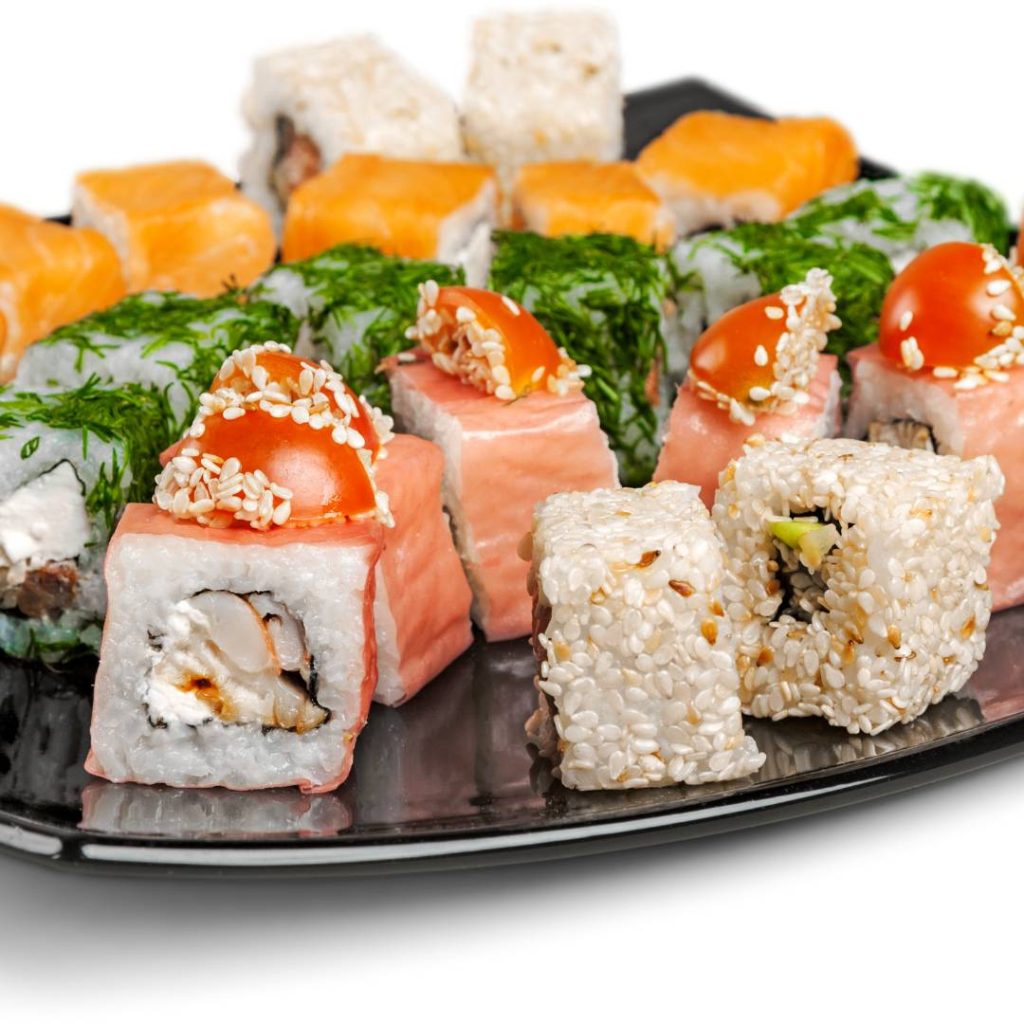
Common Misconceptions about Sushi and Gluten
There are many misconceptions about sushi and gluten, which can make it difficult for those with gluten sensitivities to know what they can and cannot eat. Here are some common myths and misconceptions about sushi and gluten:
Myth: All sushi contains gluten
This is not true. While some sushi rolls do contain gluten, many do not. It all depends on the ingredients used to make the sushi roll.
Myth: Sushi rice contains gluten
Sushi rice is made from short-grain Japanese rice, which is naturally gluten-free. However, some sushi restaurants may use non-distilled white vinegar to season their sushi rice, which can contain hidden gluten. It’s important to ask the restaurant what type of vinegar they use before ordering.
Myth: All tempura is gluten-free
Tempura is a Japanese dish that consists of battered and deep-fried seafood or vegetables. While some tempura batter is made with wheat flour, there are gluten-free options available. It’s important to ask the restaurant if they have a gluten-free tempura batter before ordering.
Myth: Imitation crab is gluten-free
Imitation crab, also known as surimi, is often used in sushi rolls. However, it is made from fish that is minced and then mixed with other ingredients, including wheat starch. This means that imitation crab is not gluten-free.
Myth: Marinated fish is gluten-free
Some marinated fish, such as teriyaki salmon, may contain soy sauce, which is made from wheat. This means that marinated fish may not be gluten-free. It’s important to ask the restaurant what ingredients are used to marinate the fish before ordering.



Konnichiwa! (Hello!) I'm Pat Tokuyama, a Japanese tofu cookbook author, who travels for music, food, and adventure. If you like Japanese tea, checkout some of the newestorganic japanese tea, matcha bowls and noren and more!
** Curious about the Plant Based Japanese Cooking Club? ** Learn more here!
Myth: Sticky rice is not gluten-free
Sticky rice, also known as glutinous rice, does not contain gluten. The term “glutinous” refers to the sticky texture of the rice, not the presence of gluten.
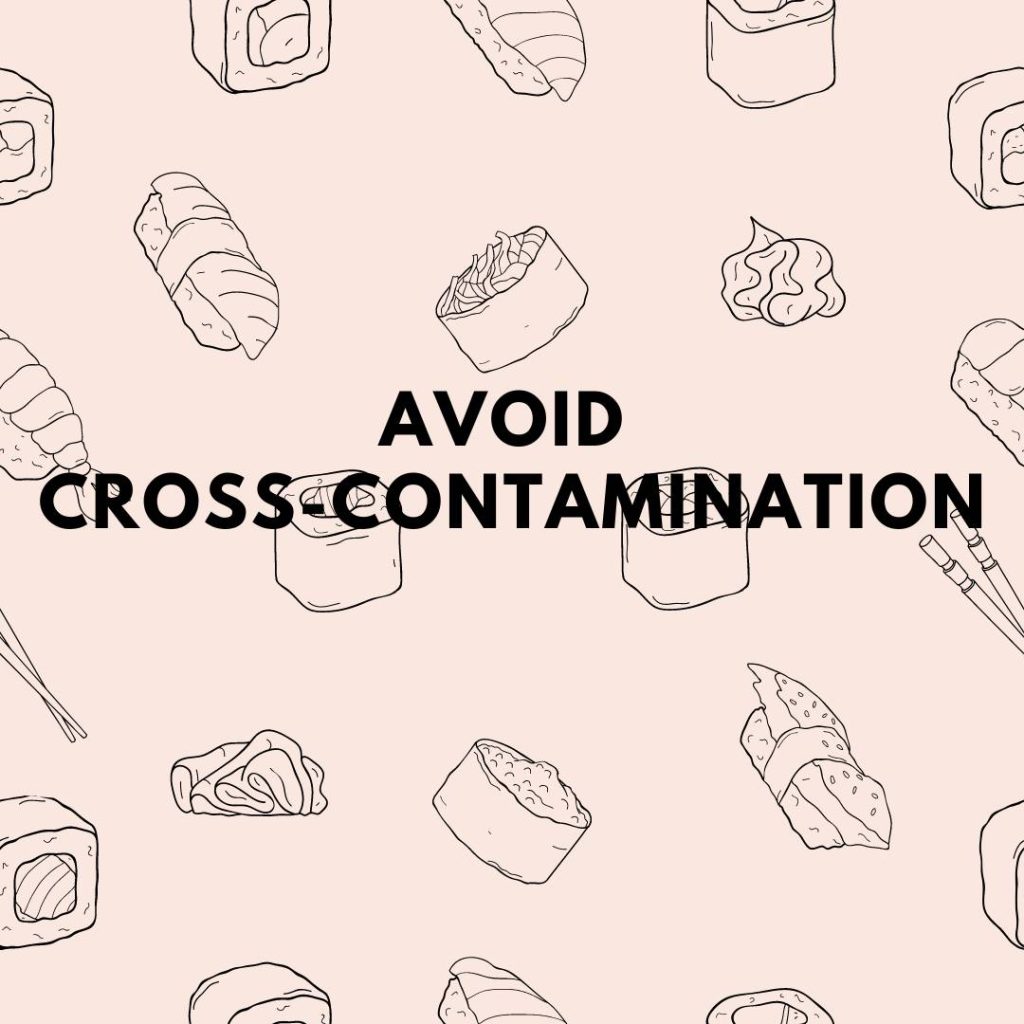
Tips for Eating Sushi Safely with a Gluten Intolerance
If you have a gluten intolerance, it can be challenging to find safe and delicious foods to eat, especially when dining out. Here are some tips to help you eat sushi safely:
Choose gluten-free sushi options: Sushi restaurants typically offer gluten-free options, such as sashimi, which is simply sliced fish without any rice or sauces. Other gluten-free options include hand rolls made with cucumber or avocado instead of rice, or sushi rolls made with gluten-free rice and fillings.
Ask about ingredients: If you’re unsure whether a sushi roll contains gluten, don’t hesitate to ask your server or the sushi chef. They should be able to tell you which rolls are gluten-free and which contain gluten.
Be aware of cross-contamination: Cross-contamination can occur when gluten-free foods come into contact with gluten-containing foods, such as when a knife or cutting board is used for both types of foods. To avoid cross-contamination, ask the sushi chef to use clean knives, gloves, cutting boards, and utensils when preparing your food.
Choose the right restaurant: Not all sushi restaurants are created equal when it comes to gluten-free options. Look for restaurants that have a gluten-free menu or that are knowledgeable about gluten-free options. Japanese restaurants may also be a good choice, as they often have a variety of gluten-free dishes.
Shop at a grocery store: If you’re unsure about the gluten content of sushi at restaurants, consider making your own at home. You can find gluten-free sushi rice and other ingredients at many grocery stores.
By following these tips, you can enjoy sushi safely and deliciously, even if you have a gluten intolerance.


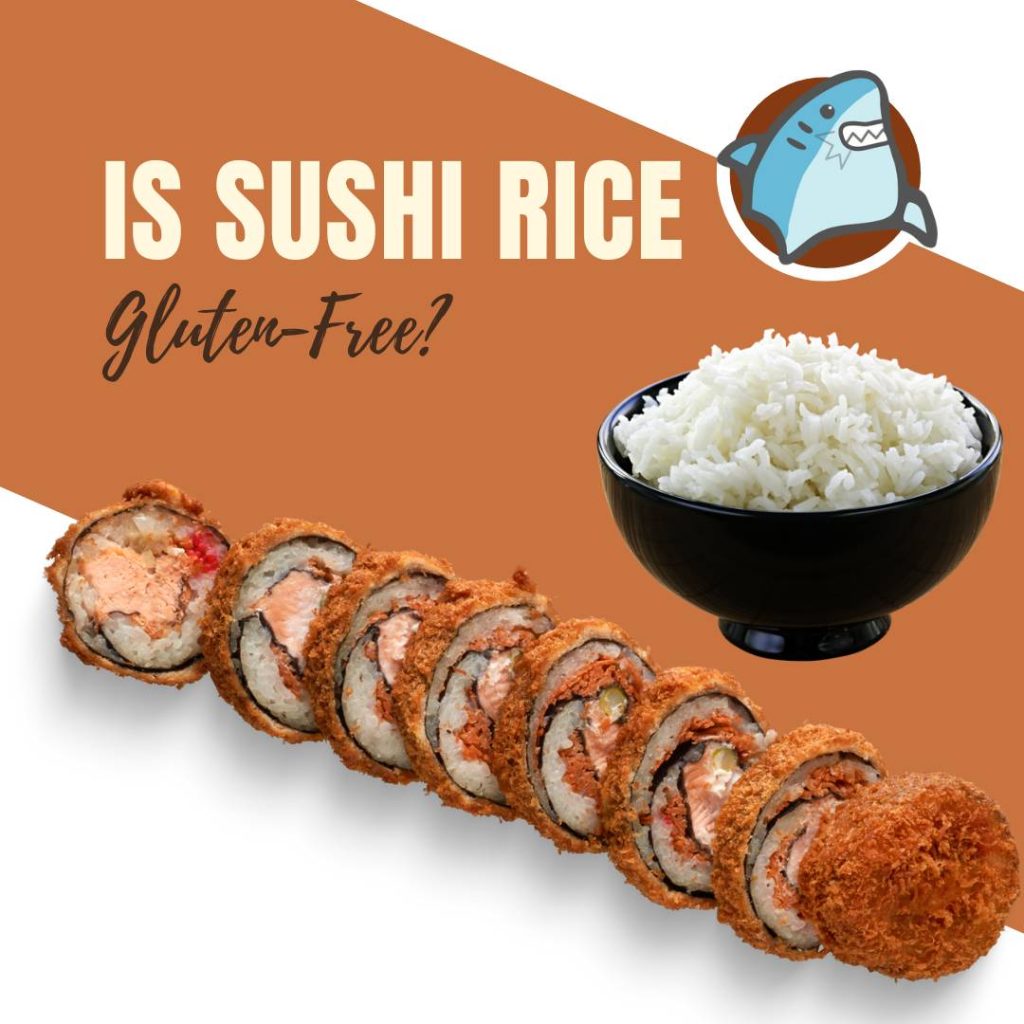





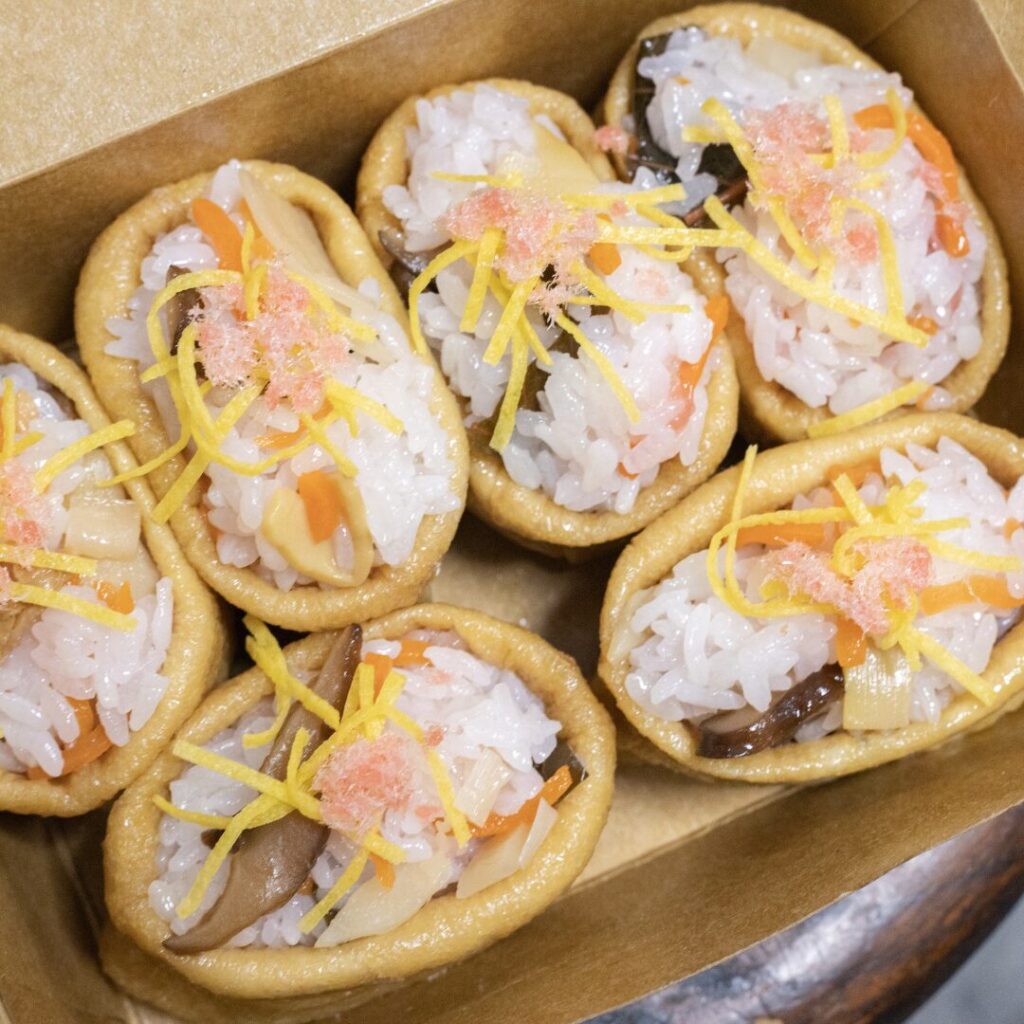


Konnichiwa! (Hello!) I'm Pat Tokuyama, a Japanese tofu cookbook author, who travels for music, food, and adventure. If you like Japanese tea, checkout some of the newestorganic japanese tea, matcha bowls and noren and more!
** Curious about the Plant Based Japanese Cooking Club? ** Learn more here!